Introduction: A Case That Redefined Hope
In critical care, we are constantly faced with decisions that require more than just clinical knowledge. Some cases challenge our very understanding of life and push us to see beyond the physical realities of medicine. Recently, I encountered such a case—a retired airforce soldier fighting for his life on ECMO. His story is one that taught me profound lessons about resilience, faith, and the limits of what we, as doctors, can control. This is a story not just about medical intervention but about hope and belief, even when the odds seem impossible.
The Patient’s Struggle: From Heart Attack to ECMO
Our story begins with a retired airforce soldier, a father of two, who had recently suffered a massive heart attack. After undergoing emergency stenting to open blocked arteries, he experienced repeated episodes of ventricular tachycardia, a dangerous heart rhythm that can lead to sudden death. His heart was failing, and the only option left was to place him on V-A-V ECMO (veno-arterial-veno extracorporeal membrane oxygenation). ECMO acts as a life-support system, taking over the function of the heart and lungs while giving the organs time to rest and recover.
But ECMO is rarely a permanent solution. For this soldier, it was a bridge—either to recovery or to a heart transplant. The private hospital where he had been receiving care had done everything they could, but there was a new, pressing challenge: the family’s financial resources were completely exhausted.
The Financial Burden: A Family’s Desperate Cry for Help
When the patient was transferred to our government hospital ICU, his family was emotionally and financially drained. His wife, in particular, had shown incredible resilience—taking out loans, selling possessions, and doing everything in her power to keep her husband alive. Yet, the financial burden of long-term ECMO care had become unbearable. The cost of the membrane used in ECMO is significant, and while our government hospital could offer more affordable care, replacing the membrane (which typically lasts 10 to 15 days) would still add significant financial strain.
As I sat down to speak with the family, I knew the conversation ahead would be difficult. There was a delicate balance between the hope of keeping him alive and the harsh reality of what that meant financially. His wife’s determination was unwavering. She believed, with everything she had, that her husband—a man who had fought in wars and survived against the odds—would somehow find a way to survive this too. But I also had to help them understand the limits of what we could do. This wasn’t just a medical discussion—it was about helping a family navigate a heartbreaking decision about their future.
Navigating Hope and Reality: Day-by-Day in the ICU
Once the patient was admitted to our ICU, we decided to take things one day at a time. In critical care, sometimes that’s all you can do. ECMO can keep someone alive for a time, but it’s not a long-term solution. On Day 1, things looked cautiously optimistic. The patient was stable, conscious, and showed no signs of organ failure other than his heart. It’s rare to have a conscious patient on ECMO, and it gave us hope. His body was functioning, except for the one organ that mattered the most.
But as Day 2 approached, the situation began to change. The ECMO machine, which had been running smoothly, started to show signs of clotting. The blood flow through the machine was decreasing, a warning sign that clots were forming in the membrane. This was the beginning of our worst fears: that the machine would fail, and we would be left with few options.
I prepared myself for the worst-case scenario, knowing that if the ECMO flow stopped completely, we might have to intervene manually. Every ICU doctor’s nightmare is an ECMO alarm signaling reduced flow—it can mean that the blood isn’t moving properly due to clots or other complications. I was ready to act. But then something unexpected happened.
The Turning Point: When the Heart Fights Back
Suddenly, the ECMO machine’s flow dropped to zero. In most cases, this would indicate a complete failure, requiring us to manually pump the blood to sustain life. But as I clamped the cannula and checked the patient’s vitals, I realized something astonishing—his heart was holding. His blood pressure was steady at 134/76, and his oxygen levels were normal. Somehow, even without the ECMO, the patient’s body was sustaining itself.
At first, it didn’t make sense. The machine, which had been keeping him alive, had stopped working, but his body wasn’t in crisis. We slowly restarted the flow, but it became clear that his heart was doing the work it hadn’t been able to do before.
As we ran more tests, including an echocardiogram, the evidence became undeniable. His heart’s ejection fraction—how much blood the heart pumps with each beat—had improved significantly. It was now at 30%, which was a vast improvement from where he had been when he first arrived. While not perfect, it was enough to support him without the need for ECMO. His heart was recovering.
The Decision to Wean: A Ray of Hope
With this new development, we made the decision to begin weaning him off ECMO. We followed every step in the weaning protocol, making sure that his heart could handle the load. Every step was a tense moment, but the patient passed each test with flying colors. By the end of the day, we decannulated him—removing the ECMO support that had kept him alive for days.
It was a moment of triumph for our team, but also one of immense gratitude. The man who had been so close to death, whose family had been preparing for the worst, was now recovering. His heart had fought back, and his body had found a way to heal.
The patient would still need long-term care—possibly surgery for his left ventricular aneurysm and ongoing medication—but the immediate crisis was over. He was off life support, and for the first time in days, we could see the light at the end of the tunnel.
The Lessons Learned: Resilience, Faith, and the Power of Humility
This case taught me so much more than just the technicalities of ECMO. It reminded me of the power of resilience—not just in the patient but in his family. His wife’s unwavering belief in his ability to survive was incredible. She had fought just as hard as he had, not with medicine or technology, but with faith and love. It’s a reminder that the human spirit can sometimes push us through even the most impossible situations.
Then, there was faith. As doctors, we often rely on our skills and knowledge, believing that our actions will dictate the outcome. But this case reminded me that sometimes, something greater is at play. Call it faith, a higher power, or simply fate—there were too many uncontrollable variables that worked in this patient’s favor. His recovery was a humbling reminder that we don’t always have all the answers, and there are forces beyond our understanding.
Finally, the lesson of humility. This case showed me that being a doctor isn’t just about making clinical decisions or performing procedures. It’s about being present, guiding families through unimaginable pain, and sometimes, recognizing that our role goes beyond the physical. We are facilitators of hope, even when we don’t have all the answers.
Reflecting on My Own Journey: Parallels Between Medicine and Life
This patient’s story made me reflect on my own life. Just like his journey, my path has been filled with uncontrollable variables. There are so many factors that had to align for me to be where I am today. And while we can’t control everything, we can control how we respond.
During my preparation for NEET SS, there were times when I felt completely overwhelmed by the curriculum, the competition, and the pressure. But there was one belief that kept me going—*everything I study today will help someone someday*. That mindset has carried me through, and this case was a reminder of why it matters. The work we put in, the effort we make, all contribute to those moments when we can make a difference in someone’s life.
Conclusion: Reflecting on Your Own Life and Journey
As I reflect on this experience, I want to leave you with a few questions to consider about your own life. Just as this patient’s journey was filled with uncontrollable factors, so is yours. But what we can control are the small, consistent actions we take each day.
- Where in your life are you holding onto resilience, even when the odds seem stacked against you?
- What uncontrollable variables are at play, and how can you focus on the constants—the things you can control?
- How can you cultivate faith in something greater, knowing that sometimes, outcomes are beyond your control?
Take a moment to reflect on these questions. Because in the end, it’s not just the big events that shape our lives—it’s the daily decisions we make, the resilience we build, and the faith we carry with us.
Stay balanced, stay healthy, and remember—sometimes the greatest victories come from the things we can’t control.
Dr.Krishna Bharath,MD





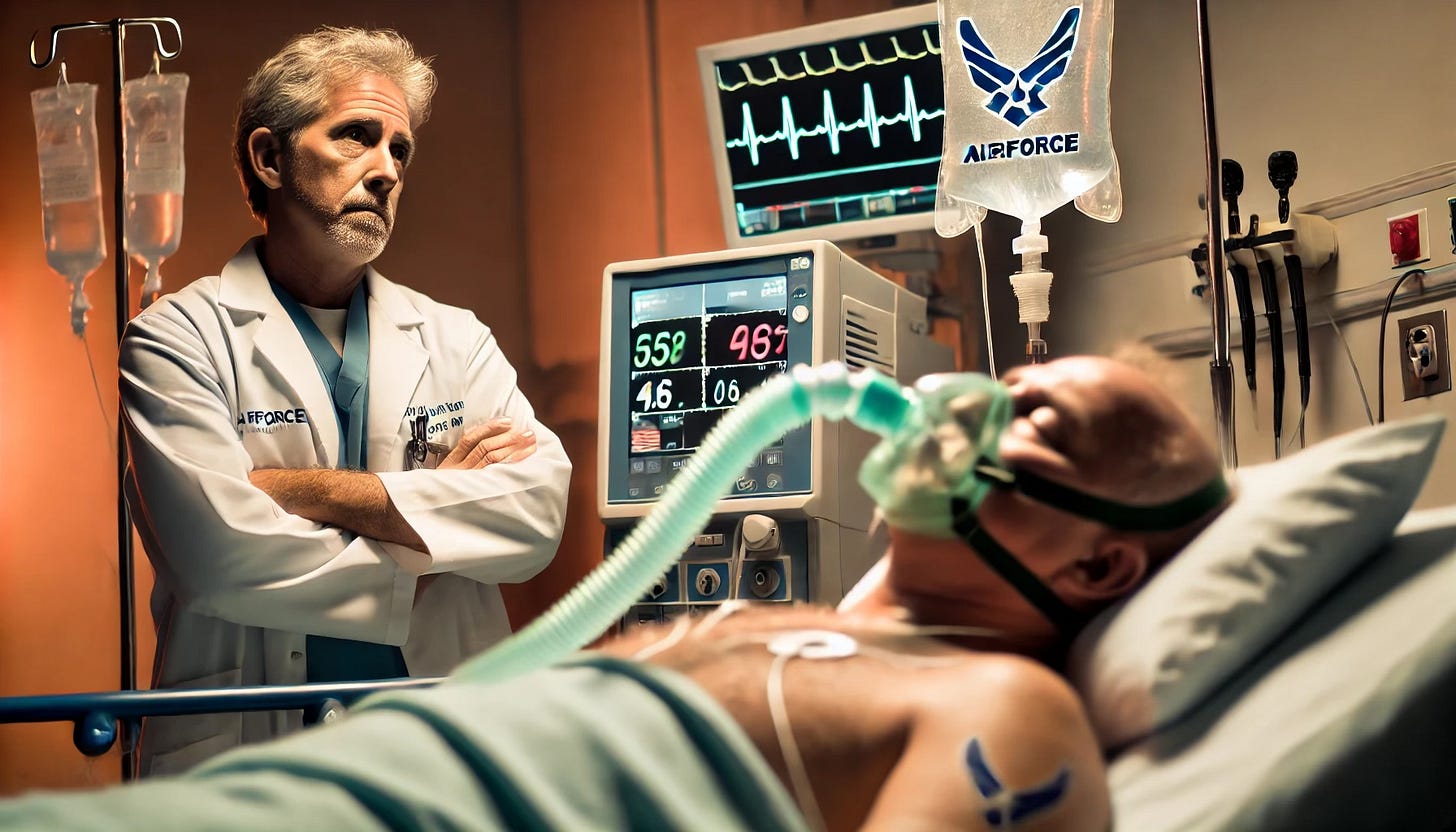
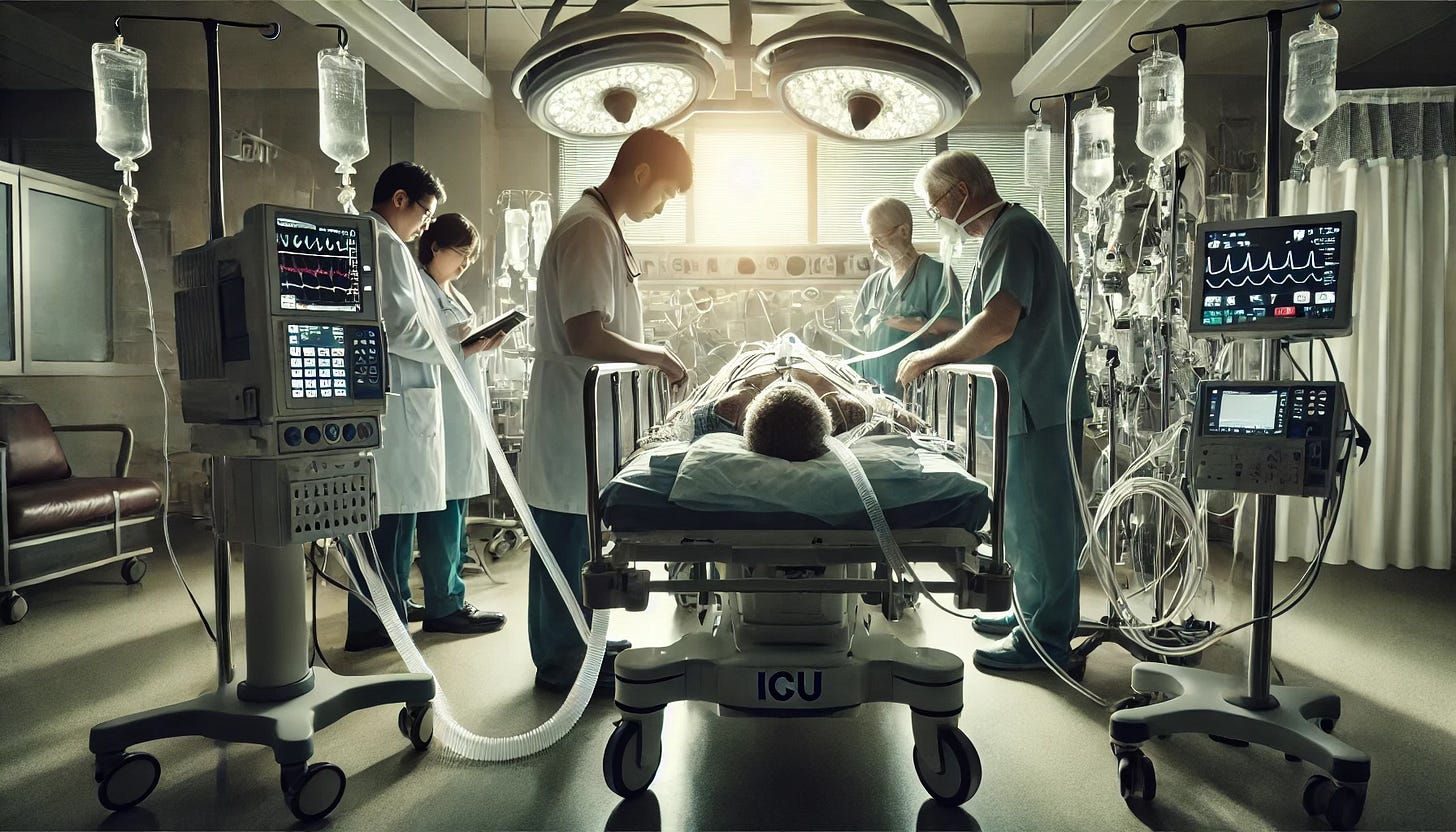
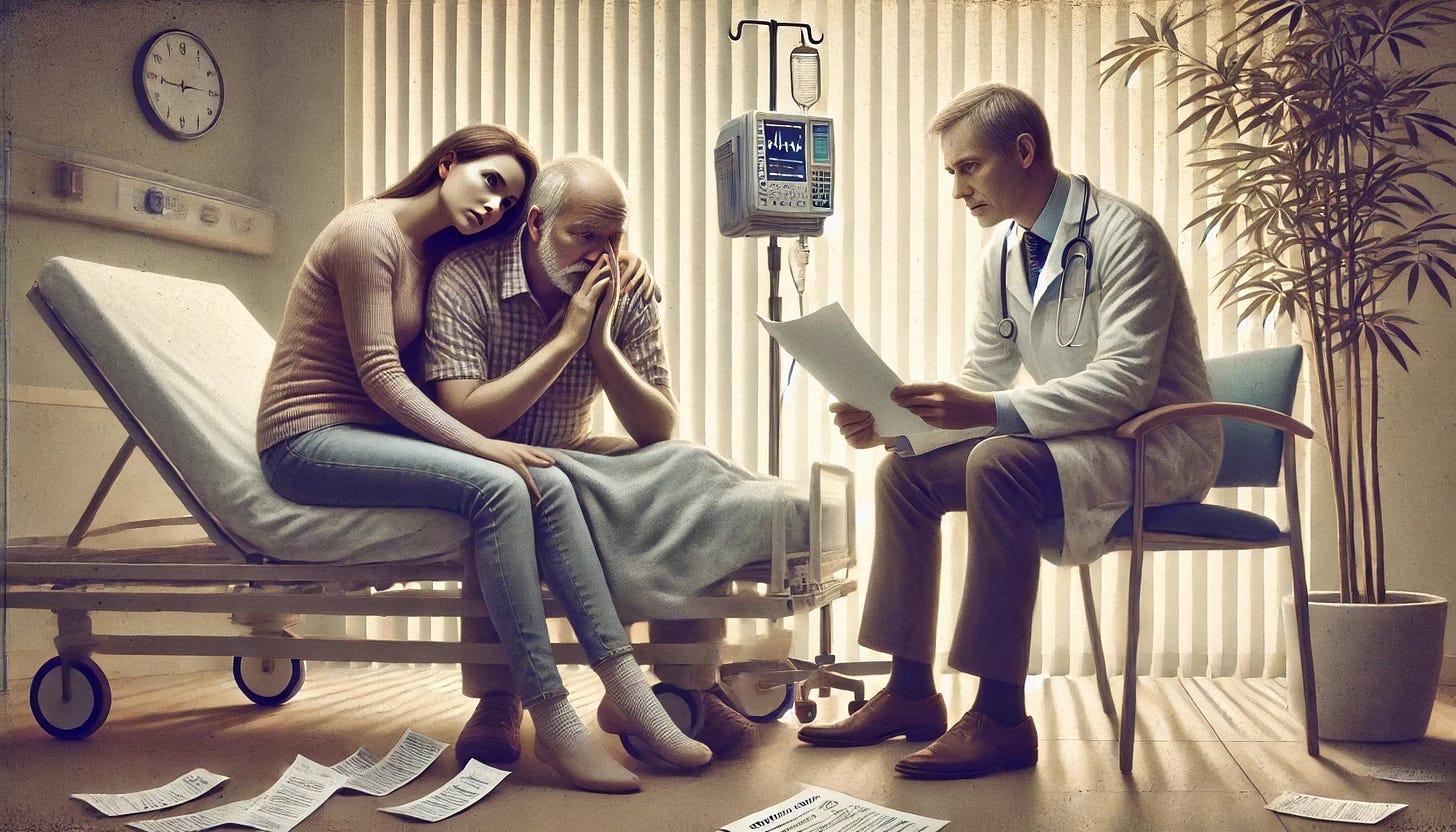

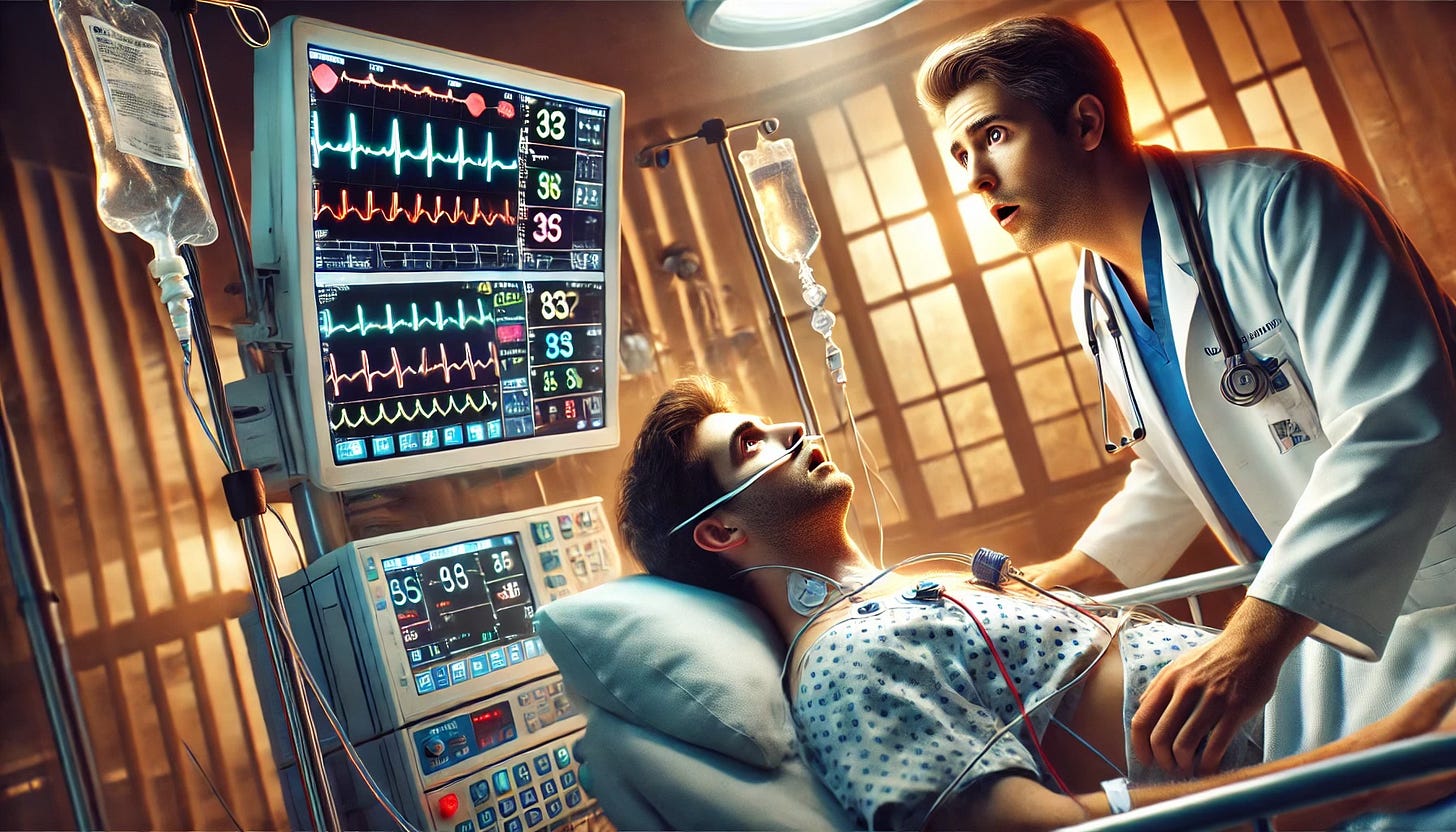

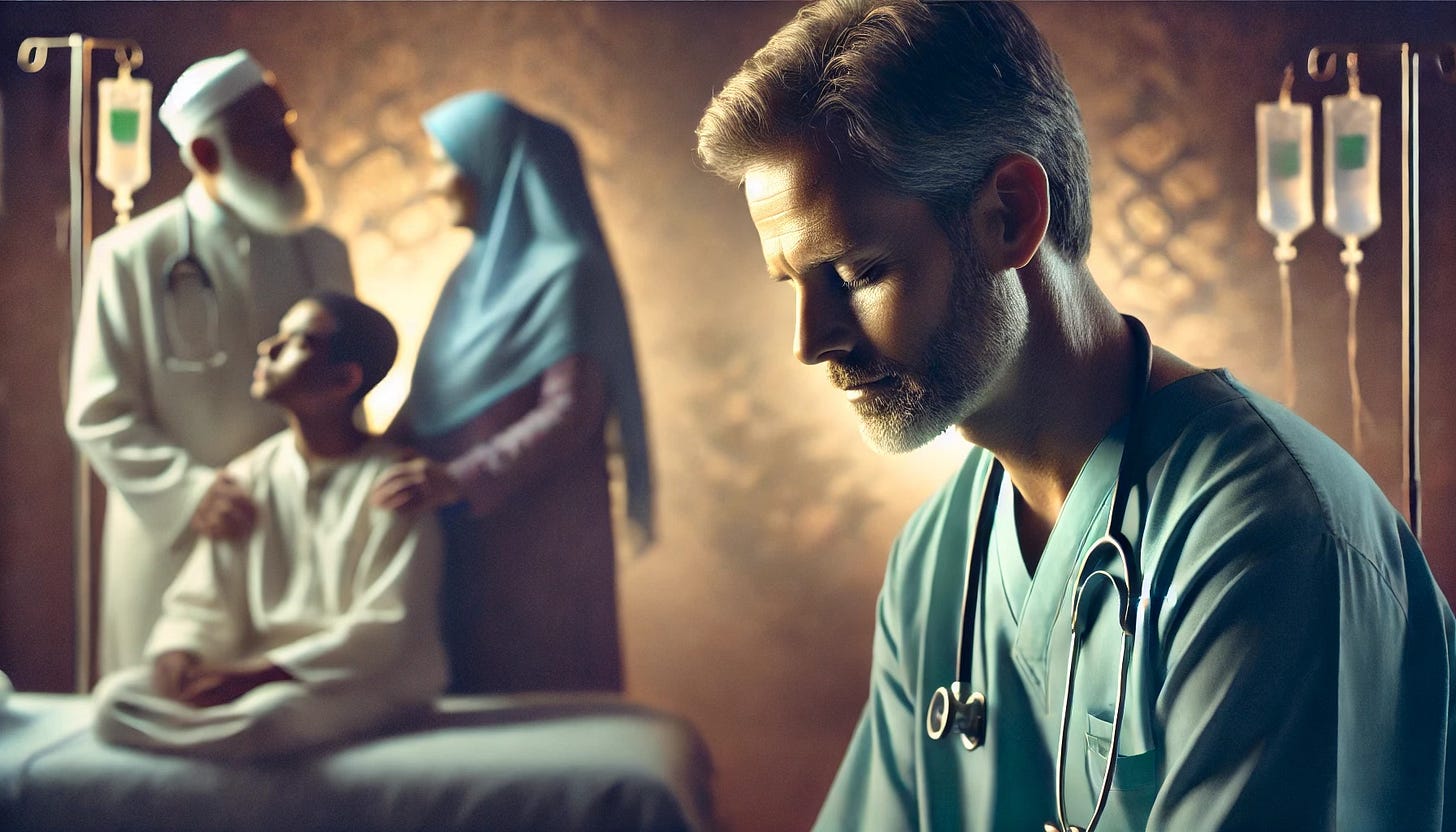








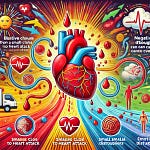
Share this post